Transfection system
The Neon® Transfection System enables fast and efficient delivery of nucleic acids into all mammalian cell types, including primary, stem, and difficult-to-transfect cells. The flexible and open system allows the user to perform high-quality transfections using optimized or user-defined protocols in three simple steps with as few as 2 × 104 cells per reaction. A novel reaction chamber provides a dramatic increase in transfection efficiency and cell viability. The Neon® Transfection System is:
• Efficient—up to 90% in many cell types, including difficult-to-transfect cells, primary, and stem cells
• Flexible—easily transfect from 2 × 104 cells to 6 × 106 cells per reaction
• Simple—easy to use, with a single reagent kit for all cell types
• Versatile—open system allows electroporation parameters to be optimized freely
Report Abuse
Shipping Details
Based on 0 reviews
Be the first to review “Transfection system”
You must be logged in to post a review.
Vendor Information
- Store Name: ATLANTIC Scientific and Research Supply
- Vendor: ATLANTIC Scientific and Research Suply
- No ratings found yet!
-
Health & Medical
ECG Machine
Model number: ECG-903 (Three channel)
Three channel ECG with interpretive
Build in rechargeable Li battery
Chinese/English language
Simultaneous 12 leads
320X240 graphic LCD, 3.8 inch screen
Paper size: 63mmX20/30m
Built in RS232 interface (USB is optional)
128 patients save/copy/communicationSKU: n/a -
Health & Medical
stethoscope
The Clinical Lite professional stethoscope is a classic dual head stethoscope that is extremely light weight and affordable. The anodized aluminum dual head has a fiberglass diaphragm to optimally detect S1 and S2 heart sounds as well as Korotkoff sounds, while the bell side is optimally designed for assessing S3 and S4 heart sounds. The Clinical Lite professional stethoscope incorporates a snap-on diaphragm retaining ring and a non-chill bell ring providing the ease of use and maintenance, while enhancing patient comfort.
SKU: n/a -
Health & Medical
Incubator
Laboratory incubator provides a temperature-controlled environment to support growth of microbiological cultures. Typical incubators are insulated boxes with an adjustable heater, going up to 60°C to 65°C (140°F to 149°F), though some can go slightly higher (generally to no more than 100°C).
Esco Isotherm® laboratory incubator is built with reliable performance and standards. Ergonomic, intuitive interfaces, microprocessor PID controls with programming options, 4-zone heated air jacket, precisely tuned and tested ventilation and insulation package, all supported by Esco’s solutions-based sales and service representatives worldwide.
SKU: n/a -
Health & Medical
Spectrophotometer
The UV-Vis spectrophotometer is designed to meet high requirement for precision measurement in the research and production of organic chemistry, biochemistry, medical testing, food testing, environmental protection, water testing industries, etc. The latest ARM system and long optical system ensure high accuracy and good stability of the instrument. They are the best choice of high quality spectrophotometer.
SKU: n/a -


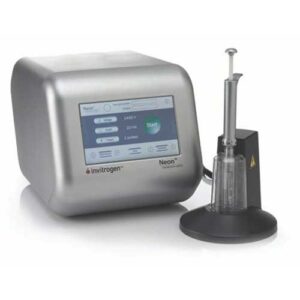

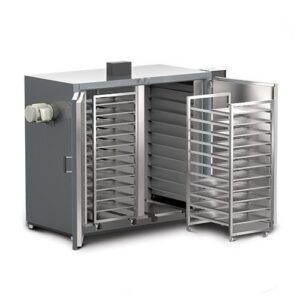
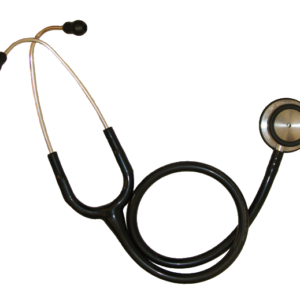
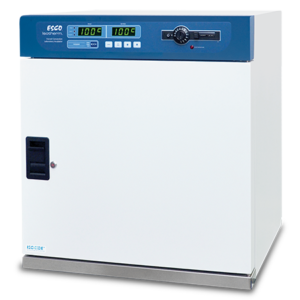
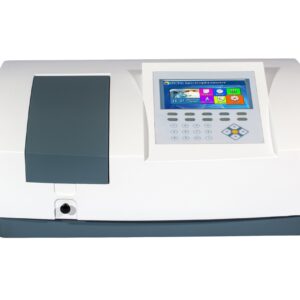
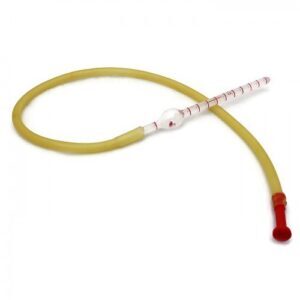
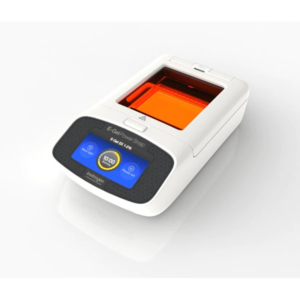
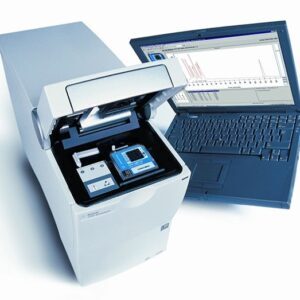
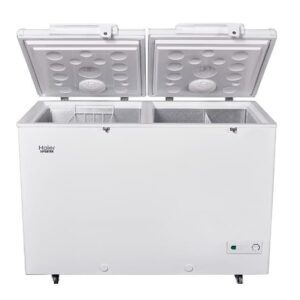
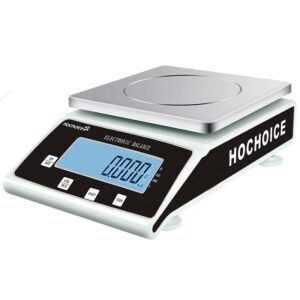
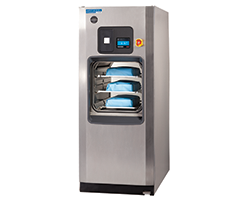
There are no reviews yet.